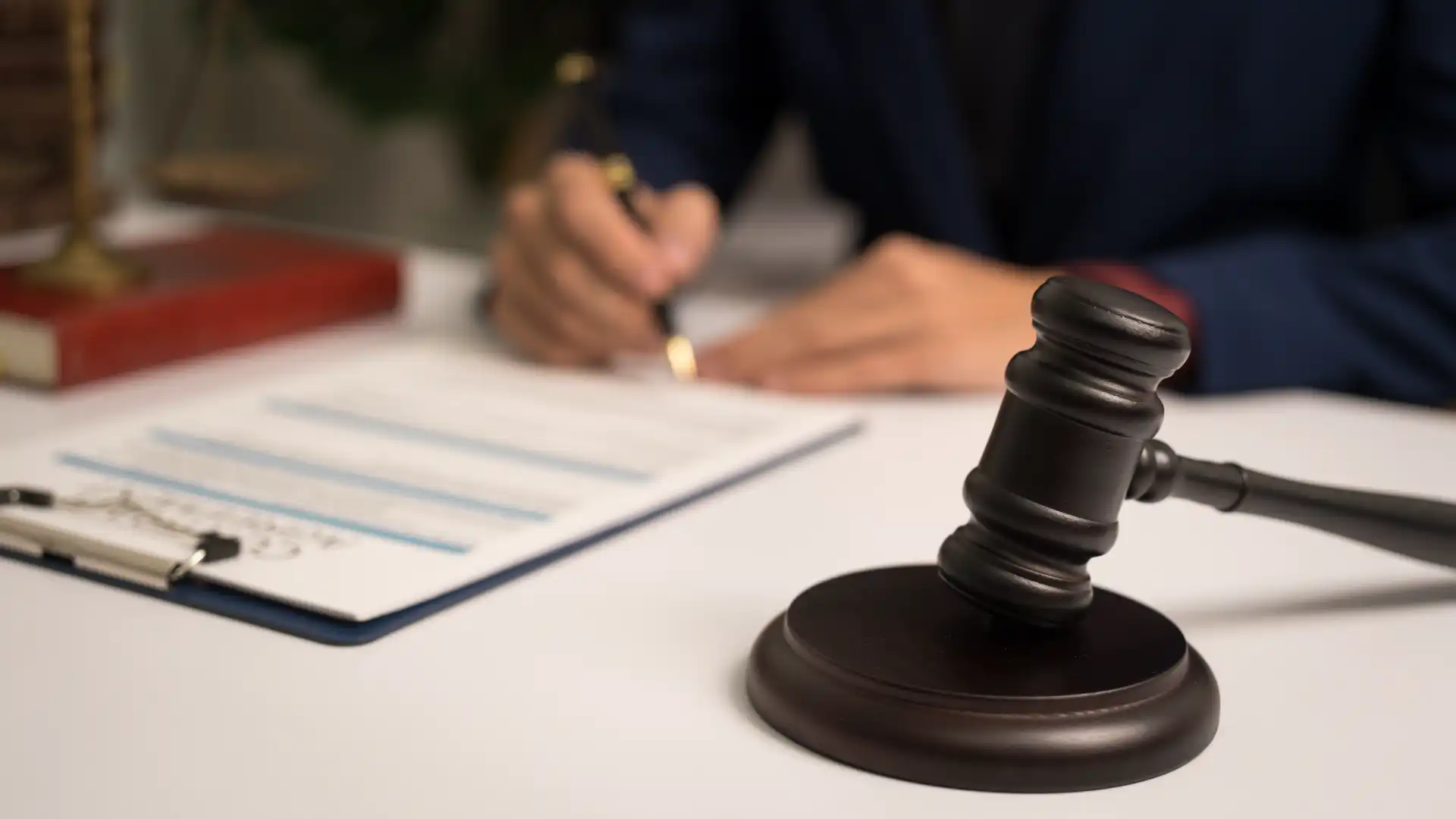Utility vs Design Patents: What’s the Difference and Which One Do You Need?
If you’re planning to file a patent, one of the first decisions you’ll face is choosing between a utility vs design patents. These two types of patents protect different aspects of your invention. Choosing the right one can significantly affect how well your intellectual property is protected.
In this guide, we’ll clearly explain the differences in the utility vs design patents debate. We’ll also help you determine which type suits your invention best in 2025.
What Is a Utility Patent?
A utility patent protects the functional aspects of an invention — including how it works, how it’s used, or how it’s made. Utility patents are the most commonly filed type in the U.S. because they cover a wide range of innovations.
For example, utility patents apply to:
- Medical devices with unique functions
- Software systems or mobile applications
- Mechanical inventions like tools or engines
- Pharmaceutical compounds and chemical formulas
The USPTO grants utility patents with a lifespan of up to 20 years from the filing date. However, this protection remains active only if you pay maintenance fees on time.
What Is a Design Patent?
In contrast, a design patent protects the visual appearance or ornamental features of a product — not how it functions. In short, it focuses on aesthetics.
Common examples of design patent coverage include:
- The unique shape of a smartphone
- Decorative design elements on packaging
- Stylish furniture, jewelry, or footwear
Design patents last for 15 years from the date they’re granted. Unlike utility patents, they do not require maintenance fees.
Utility vs Design Patents: Key Differences
To make it easier, here’s a side-by-side comparison:
| Feature | Utility Patent | Design Patent |
|---|---|---|
| Protects | How the invention works (functionality) | How the invention looks (appearance) |
| Term Length | 20 years from filing | 15 years from grant |
| Drawings Required | Optional (depends on complexity) | Required (multiple views) |
| Examination Process | Detailed and often lengthy | Faster and simpler |
| Cost | Higher (due to filing, attorney, and maintenance fees) | Lower (no maintenance fees) |
Can You File Both?
Absolutely. If your invention includes both a unique function and an eye-catching design, filing both types of patents gives you broader protection.
For instance, let’s say you develop a kitchen gadget that performs a new function and has a modern, distinctive shape. In that case, you can file a utility patent for the functionality and a design patent for the look.
How to Decide Which One You Need
Ask yourself the following questions:
- Does your invention solve a problem or introduce a new process? → Utility patent
- Is your invention unique because of its appearance? → Design patent
- Does it offer both form and function? → Consider filing for both
Therefore, understanding your invention’s value — whether it’s aesthetic, functional, or both — helps you make a smart decision.
Filing Requirements at a Glance
Utility Patents
- Specification: written description of the invention
- Claims: define legal scope
- Drawings: optional but recommended
- Oath or declaration
Design Patents
- Drawings: multiple views of the design
- Claim: describes the visual features being protected
- Description: short explanation of the item
For exact drawing specifications, see the USPTO drawing guidelines.
Common Mistakes to Avoid
To ensure your idea is well protected, avoid these common pitfalls:
- Filing a design patent when your invention is functional
- Overlooking the need for drawings
- Failing to consider both forms of protection when appropriate
Final Thoughts
Ultimately, the utility vs design patents decision depends on what makes your invention valuable. Utility patents offer robust protection for functional innovations, while design patents defend visual uniqueness.
If you want to defend both how your product works and how it looks — and gain a competitive edge — consider filing for both types of patents.
Need help applying? Check out our guide on how to file a U.S. patent step by step »



